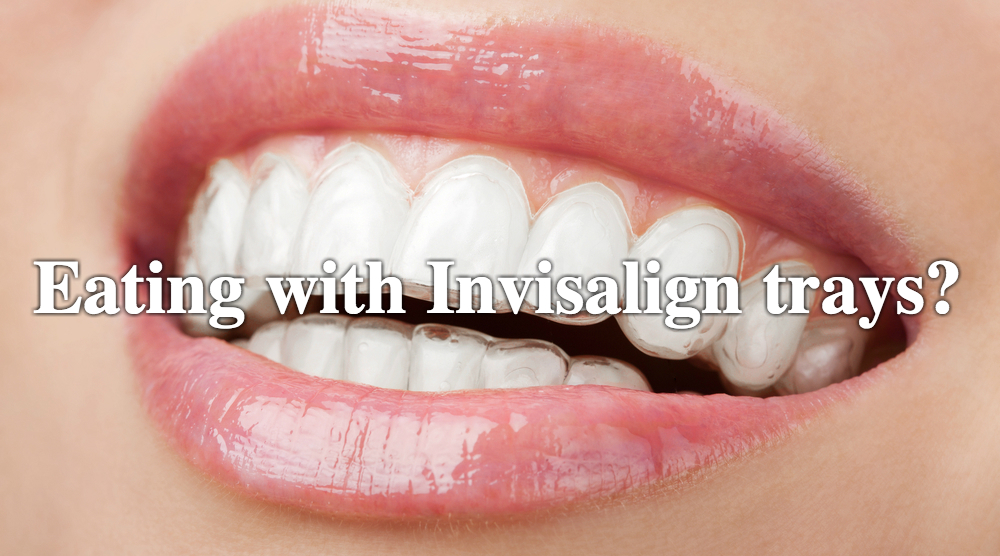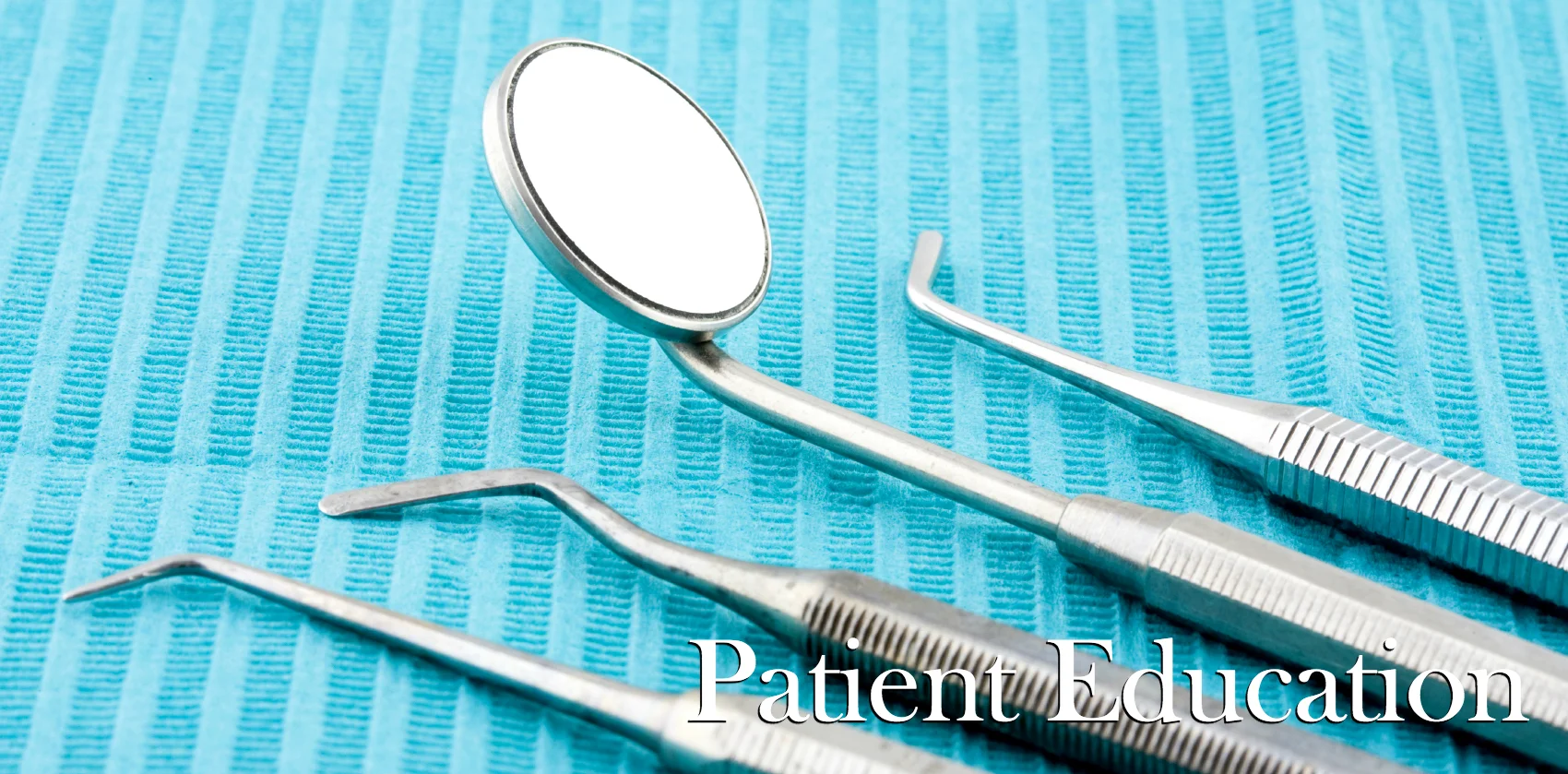One of the most unexpected (but often appreciated) side effects of Invisalign treatment is weight loss. Because the trays have to be worn 22+ hours a day and can only be used on clean teeth, many patients forgo snacks and extra sugary drinks in the name of convenience. But, if you really need that afternoon pastry pick-me-up, do you actually have to take your trays out, then eat, then brush before putting them back in? The answer is yes, absolutely!
Anytime we eat or drink anything other than water, the pH balance in the mouth turns acidic. Usually, this is slowly buffered back to normal by the compounds in our saliva. However, Invisalign trays can trap food and liquids around the teeth and keep the protective saliva out. This effectively allows the teeth to soak in acid, leading to decay and decalcification spots. You don't want to finish your Invisalign treatment only to find out you need fillings! Furthermore, extreme temperatures and unexpected forces can deform the thin plastic trays. Clear aligners are designed with extreme precision, and even the smallest changes can negate their orthodontic abilities.
Invisalign is a great treatment option for many patients, but it is not without it's limitations. If you cannot leave the trays in for nearly 24 hours every day, you may need to consider other options. To learn more about Invisalign trays, braces or other cosmetic dental procedures, please give our office a call!















